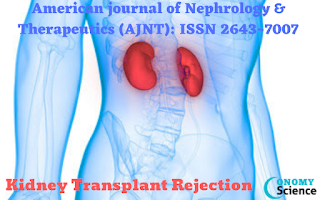Phospho Sensitivity from a Small Population of Cells: Annals of Cancer Therapy and Pharmacology ISSN 2641-2365
Phosphorylation is a key
process in the regulation of protein activity and has long been
appreciated as an essential mechanism for the control of cellular function -
tells a protein where to go, what to bind to and even when to die.
However, the challenge of studying phosphorylation and other
post-translational modifications with traditional proteomic methods arise from
small spectrometric signals that are hard to detect with conventional tandem
mass spectrometry (MS/MS), and even more difficult when there is little
material to analyze.
MS/MS signals from
small peptides by adding a boosting sample. This TMT labeled boosting
sample combined with the study sample increases the total signal above the
MS/MS detection threshold, prompting the ionization of the entire sample, and
subsequently allowing data analysis.
This method termed
the ‘Boosting to Amplify Signal with Isobaric Labeling’ (BASIL) strategy,
tricks the instrument to initiate the reading of smaller peptides and not
getting lost in the dark matter of proteomics.
To verify the application of the BASIL method, human pancreatic
islet cells from eight non-diabetic cadaver donors and treated them with
interferon-γ and interleukin-1β to induce changes in protein phosphorylation
that resembled type-1 diabetic inflammation. Working with these cells is
particularly difficult because only a small number of cells can be provided for
analysis and they usually have a much lower amount of phosphorylated proteins.




Comments
Post a Comment